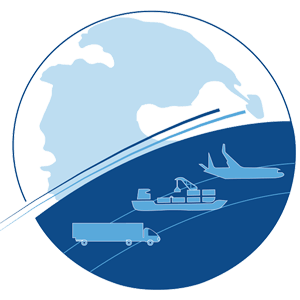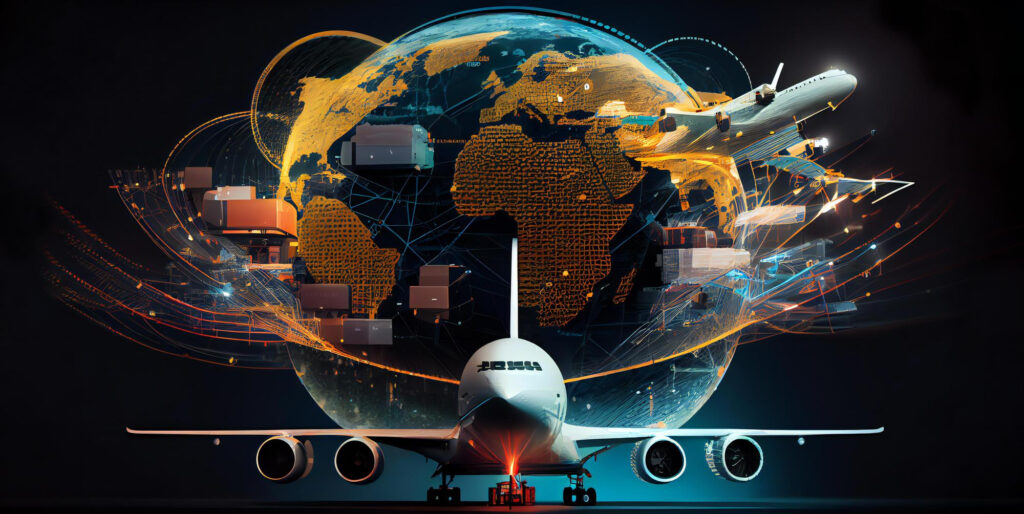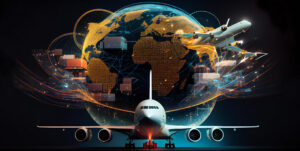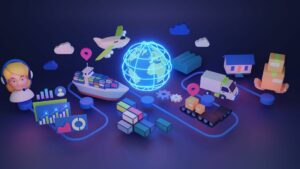Transportation has come a long way from the early days of human history when people used horses and carts to move goods and people. However today, with the developments in electric and autonomous vehicles, supersonic jets, and unmanned ships, new technologies are rapidly changing the face of transportation in all its forms.
Air transport :
Based on the new technologies, air transport now includes a new type of transportation: Hybrid planes: They are a type of aircraft that use a combination of traditional fuel-based propulsion systems and electric motors. This technology has the potential to significantly reduce the amount of fuel used by planes, and thus decrease carbon emissions and help combat climate change. Hybrid planes can also provide other benefits such as reduced noise pollution and lower operating costs.
Anoth犀利士 er way for using the new technologies in air transport is Autonomous aircraft, also known as unmanned aerial vehicles (UAVs) or drones.They are aircraft that can operate without a human pilot onboard. These aircraft are controlled remotely or can operate autonomously using pre-programmed flight plans or artificial intelligence
Land transport :
land transportation is now facing new challenges with the appearance of new technologies, which led to developing the ways of transport such as :
Advanced logistics technologies: Advanced logistics technologies, such as route optimization software, real-time tracking, and predictive analytics, have made it easier for transportation companies to manage their fleets more efficiently. This has led to improved delivery times, reduced costs, and increased customer satisfaction.
Electric vehicles: The development of electric vehicles has led to a shift away from traditional gas-powered vehicles. They are more efficient, produce fewer emissions, and require less maintenance than gas-powered vehicles.
Autonomous vehicles: Autonomous vehicles are expected to revolutionize land transportation in the coming years. Self-driving trucks have the potential to reduce accidents, improve fuel efficiency, and reduce congestion on roads.
Sea transport :
Sea transportation,like land and air transportation, is also changing its ways of functioning to make it more adaptable to new technologies. It now includes :
Automation technology: introduced in many areas of sea transport, including container terminals, cargo ships, and ferries. this technology has increased the efficiency of loading and unloading cargo and has reduced the need for human intervention, leading to cost savings and improved safety.
- Digitalization: The use of digital technology has transformed the way sea transport operates. Actually, digitalization has made it easier to track cargo and monitor ships in real-time, allowing for more efficient scheduling and reduced waiting times.
- Alternative fuels: The use of alternative fuels, such as liquefied natural gas (LNG) and biofuels, has increased in recent years. These fuels are more environmentally friendly than traditional fossil fuels and help to reduce emissions.
Challenges and risks
Although new technologies have the potential to improve transportation, they also bring risks such as safety, social and infrastructure risks that need to be considered. that’s why it’s important for transportation companies to carefully consider these risks as they develop and adopt new technologies in transportation.
Pan犀利士 gea Logistics Solution offers a range of transportation services that covers Land, Seas and Air transport. Our goal is to ship your goods efficiently and safely while following international regulations and standards.



